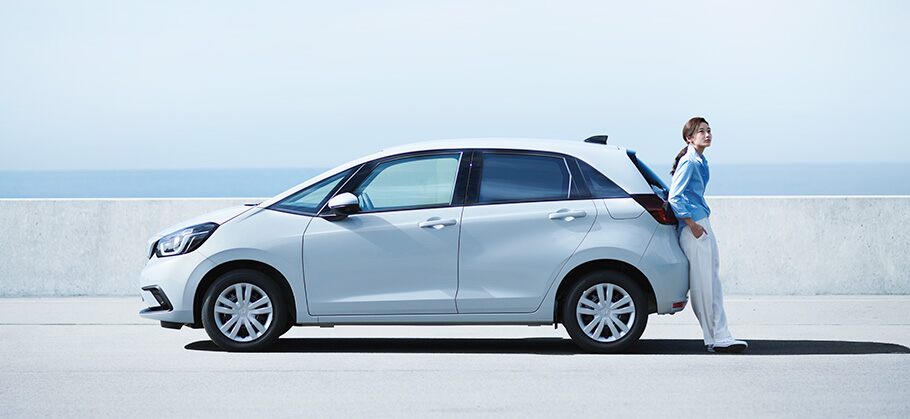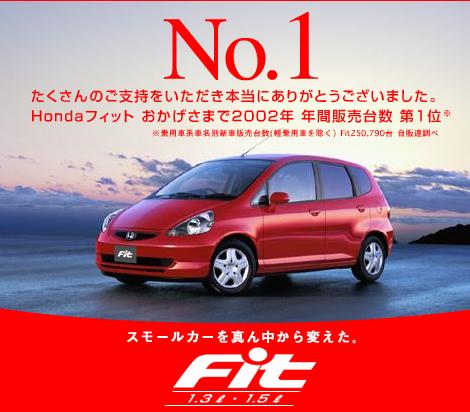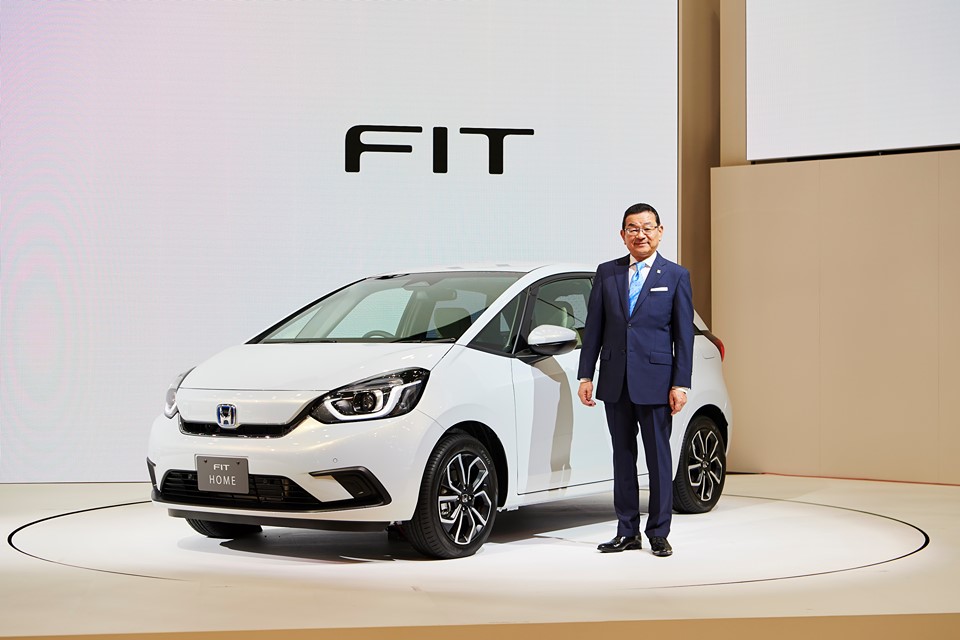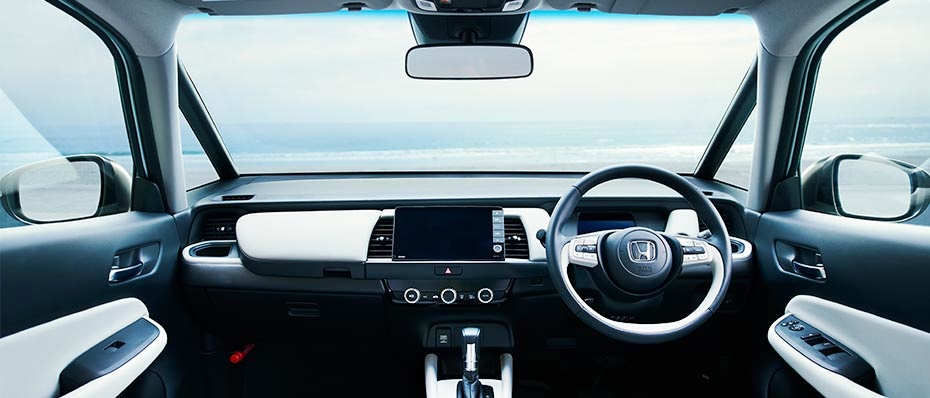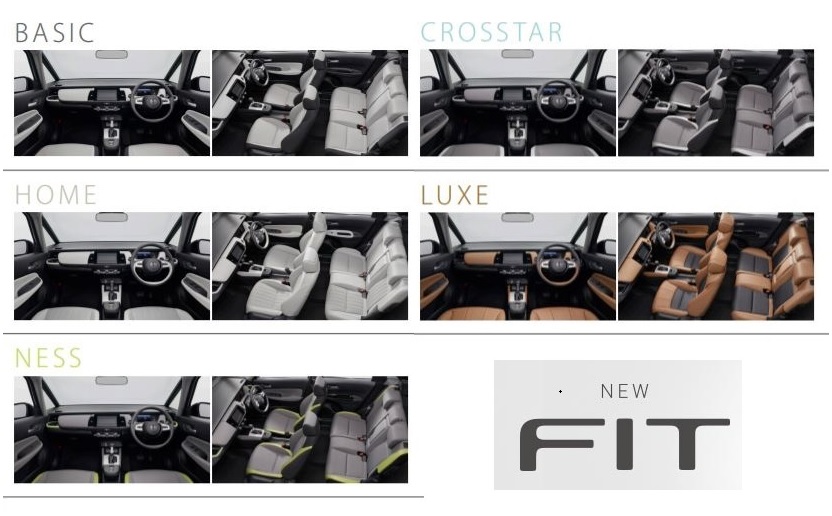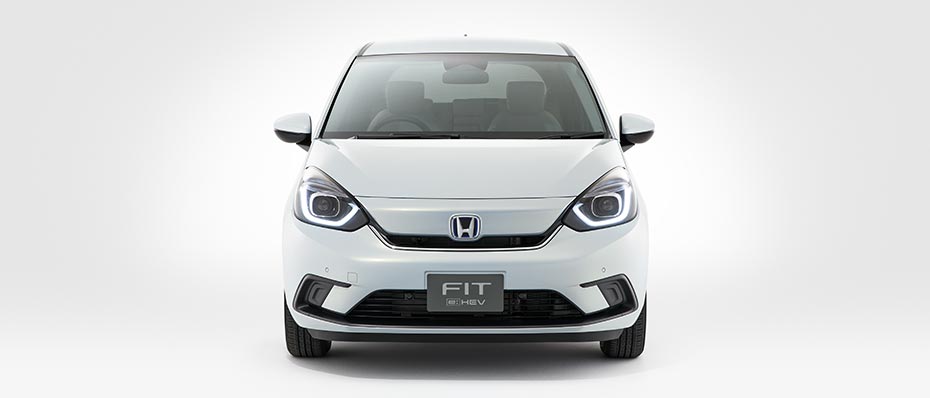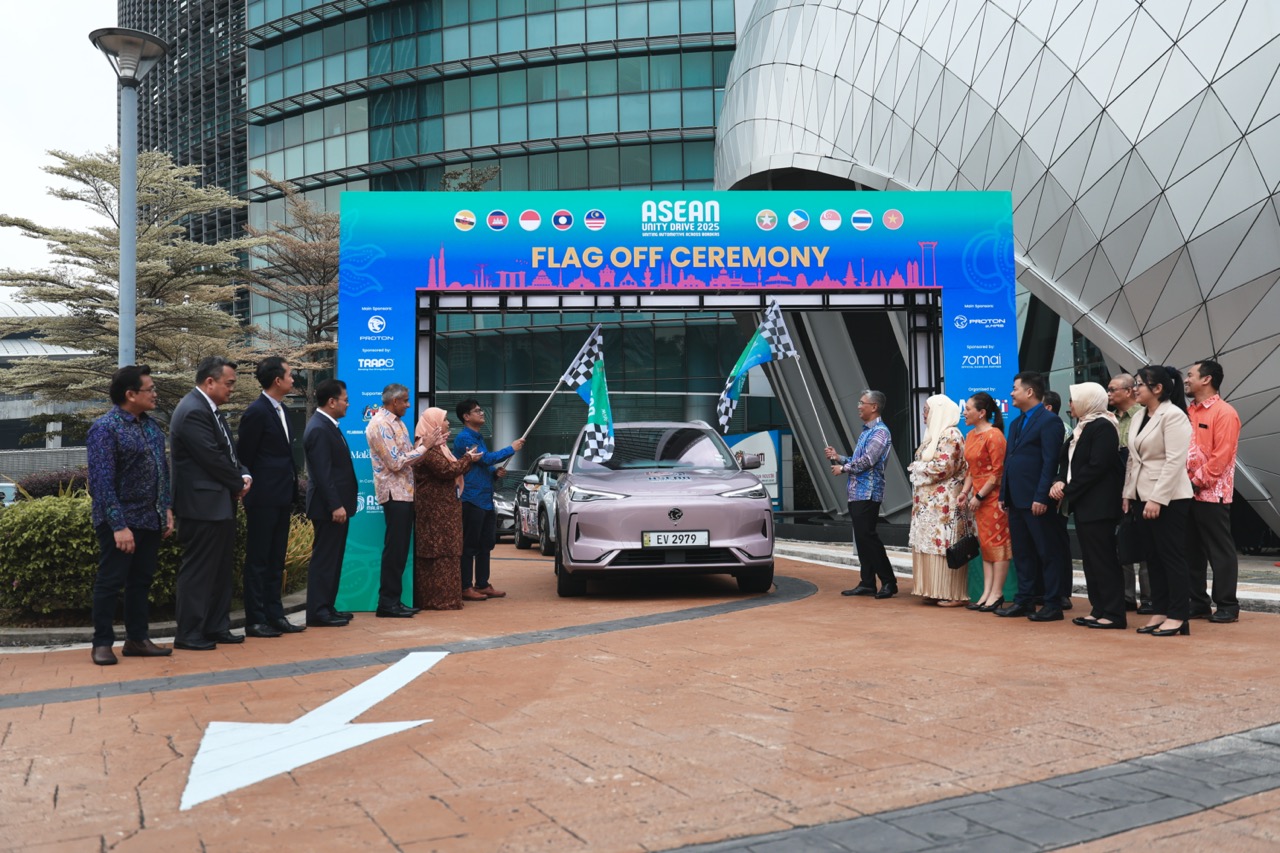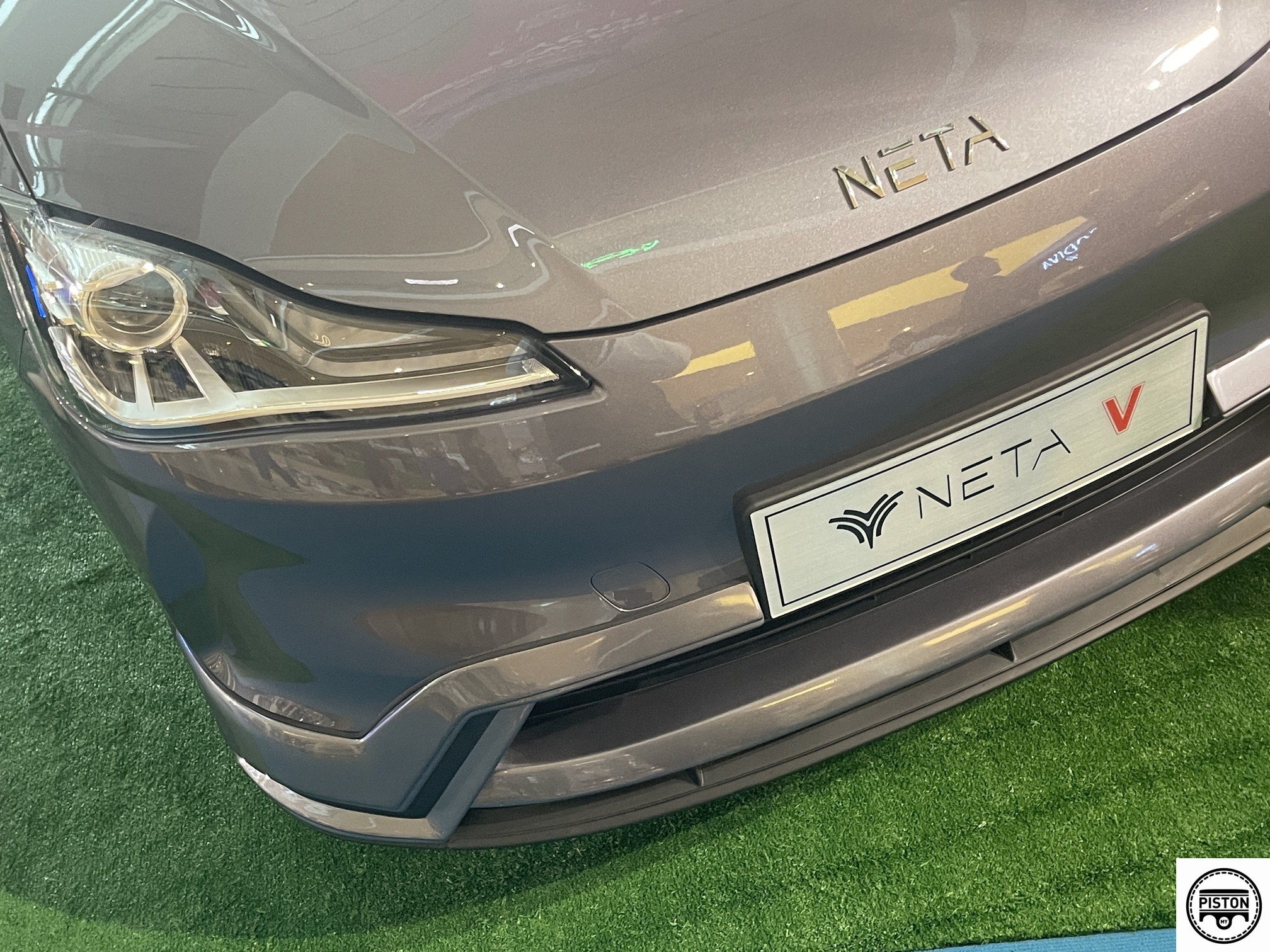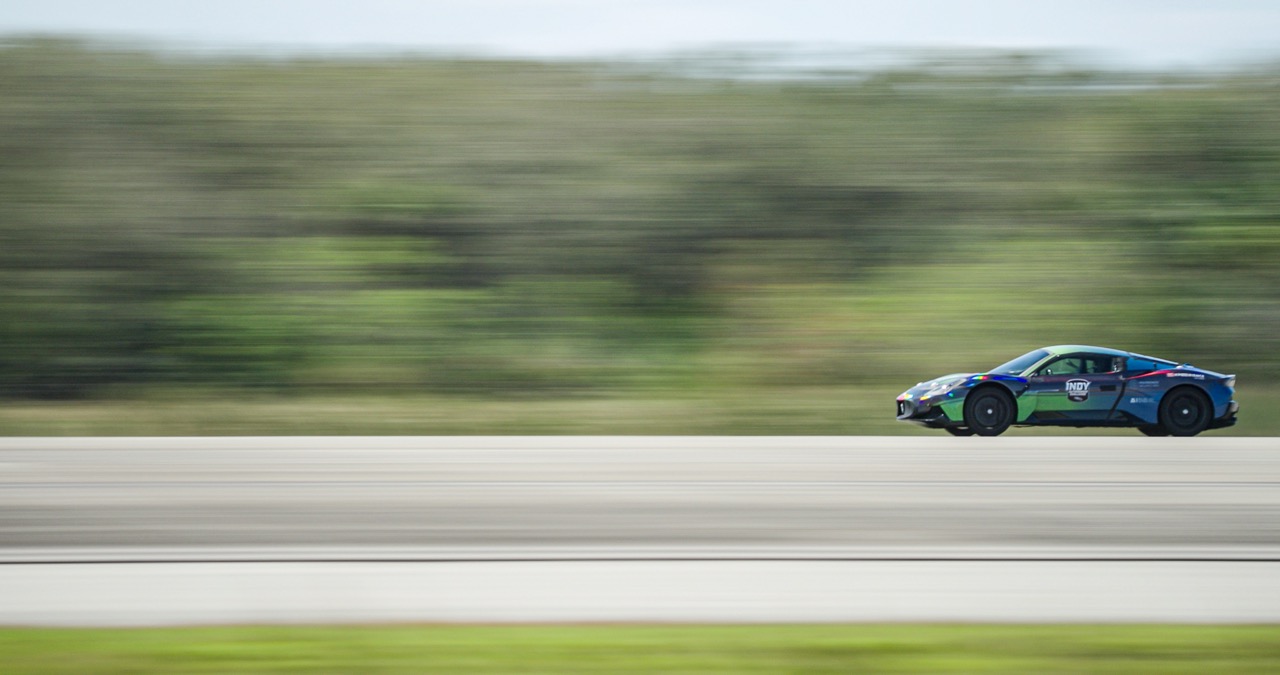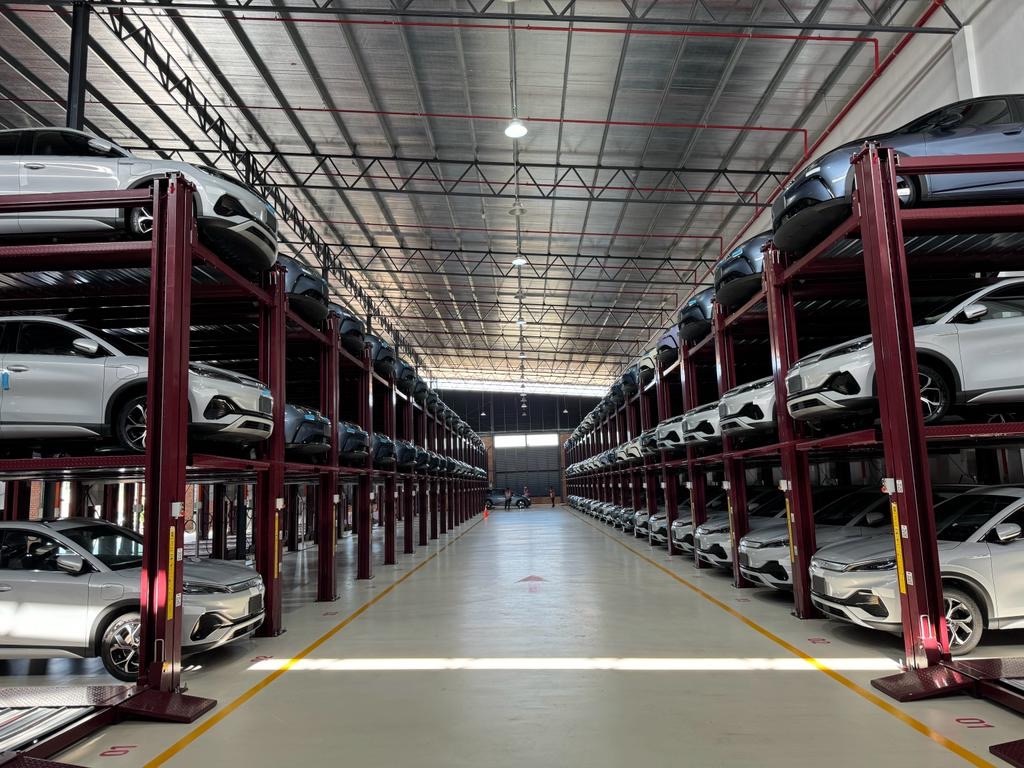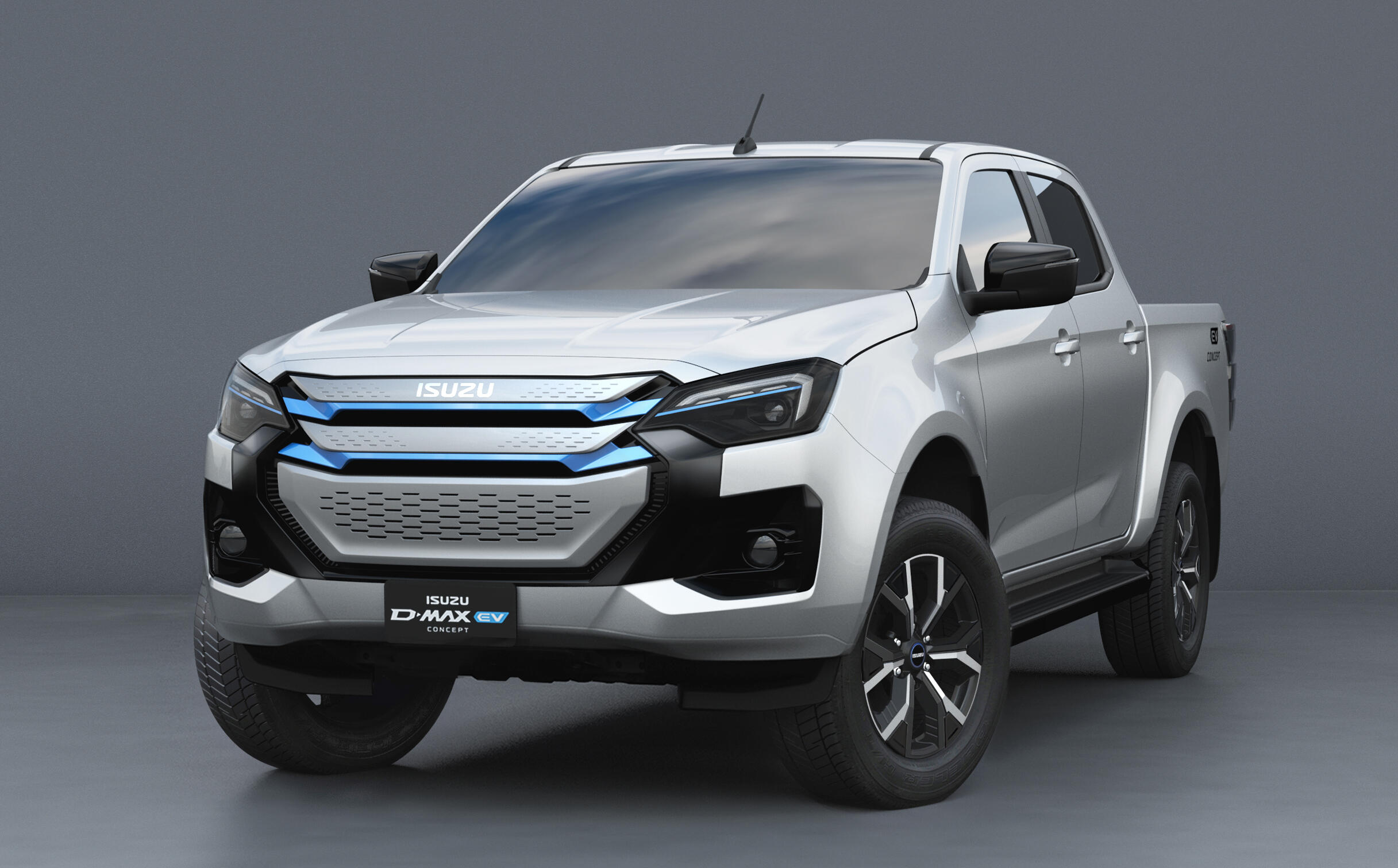The introduction of the Honda Jazz/Fit in mid-2001 in Japan was significant in that it was the beginning of a new era where consumers had different requirements. This was evident not only with the new model being picked as the Japan’s ‘Car of the Year‘ but also being the first model to beat the Toyota Corolla for No. 1 position in the domestic market. The Corolla had been No. 1 every year for decades but the Fit showed that consumer tastes had changed and Honda understood what they wanted for the new decade and century.

Now comes the fourth generation, launched today at the 2019 Tokyo Motor Show, and Honda says it has been developed to be the globally-accepted standard for compact cars suited to this new era. The development team pursued an ‘emotional value’ which cannot be expressed numerically and embodied four dimensions of comfort that enable this vehicle to be better able to support the daily lives of customers.
“We developed this vehicle not merely as a means of transportation for our customers. We strived for a vehicle which will become a part of our customers’ daily lives and make their daily lives more comfortable and enjoyable. This is a compact car for the new era, and this vehicle will set a new standard for Honda automobile development,” said Honda’s President & CEO, Takahiro Hachigo.
“What we strive to do with this all-new Fit is to establish the standard for compact cars suited to this new era. We believe this car will be able to become an industry standard for the new era only if it can win admiration in the Japanese market where fulfilling customer needs for compact cars is especially difficult compared to other parts of the world. Based on this belief, we squarely and sincerely faced our customers in Japan and perfected this all-new Fit as a global model that Honda will propose from Japan to the rest of the world,” he added.
Five versions
Although manufacturers typically offer various versions with different features at different price levels, Honda has made it a point with the new Jazz/Fit to emphasise that it is sold in 5 different versions (probably only for the domestic market) to allow customers to choose the version that is right for them depending on their lifestyle and life stage. The five versions, which have individual characteristics, are BASIC, HOME, NESS, CROSSTAR and LUXE. The differentiation is more than just features and equipment but also in exterior appearance.
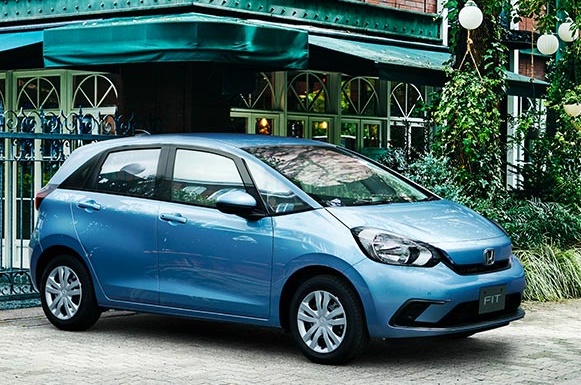
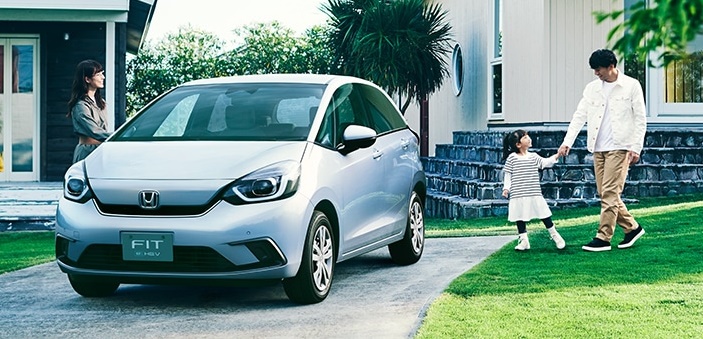
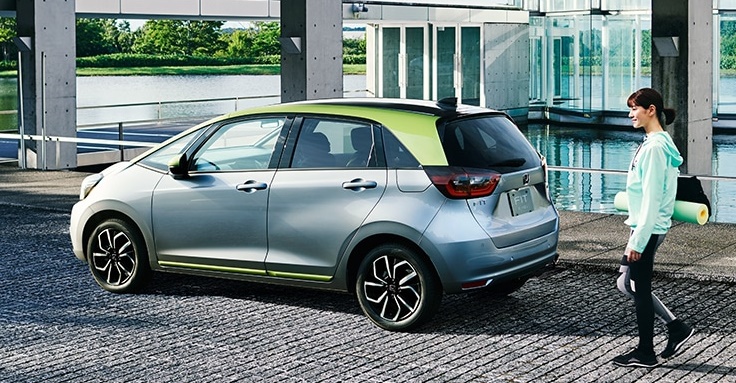
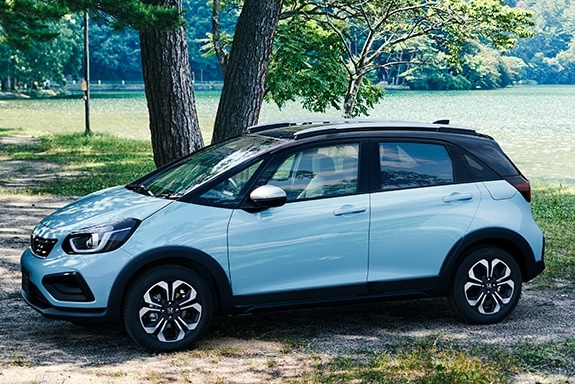
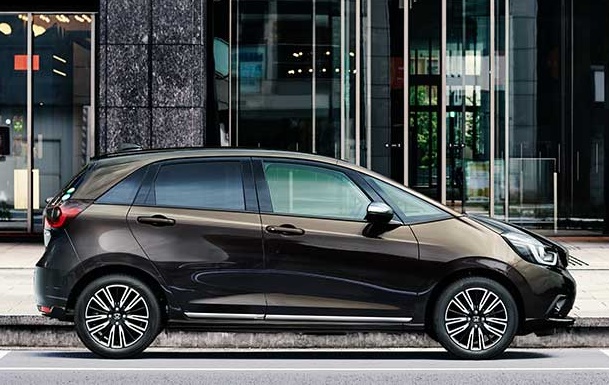
Powertrains
The new Fit will go on sale in Japan in February next year and details of powertrains available have not been released. It is likely that the 1.5-litre 4-cylinder engine will continue to be used and would be an improved unit. It is also expected that the 1-litre turbocharged 3-cylinder engine used for the Civic in some markets will be offered. This compact unit produces around 130 ps/200 Nm and would be highly suited to the model.

The hybrid version of the all-new Fit will be the first Honda compact car equipped with the 2-motor hybrid system. The system features 3 drive modes designed to enhance efficiency while providing optimum on-road performance during a variety of conditions. Called e:HEV, this powertrain uses a 1.5-litre engine and is an extension of the application of its i-MMD (Intelligent Multi-Mode Drive) from large to mid-sized vehicles to small-sized vehicles as it is the core of Honda electrification technologies.
Interior
With the new Fit, Honda is introducing a new-generation body stabilizing seat that the company developed while envisioning application for its high-class sedan models. The planar support structure of the seat stabilizes the body and makes long driving less tiring and enables the user to enjoy the soft feeling of the seat.
The rear seats continue to feature seat arrangements as versatile as that of the previous generation Fit and realize seat comfort equivalent to high-class sedan models by adopting a larger and thicker seat pad which offers stress-free seating even for adult passengers. It’s not clear if the Ultra Seat feature is maintained but that was a clever idea which enhanced the versatility of the model by creating more storage space in the rear half of the cabin.
New safety features
The Fit features a front pillar with a cross-sectional structure that is different from previous generations but dissipation of impact energy in the event of a collision remains effective enough to protect the occupants from harm. While ensuring collision safety performance without compromise, a newly-designed front pillar offers exceptionally wide and superior frontal visibility compared to that of previous models. Moreover, the instrument panel features a flat-topped design which emphasizes horizontal and straight lines, and the windscreen wipers are positioned so low as to be barely visible from inside the cabin.
Depending on the market, the new Fit/Jazz will come with a front camera which covers a wide area in front of the vehicle as part of the Honda SENSING advanced safety and driver-assist system. By combining the front wide view camera and 8 sonar sensors mounted in the front and back of the car, existing Honda SENSING functions can be enhanced.
The new Fit will also be the first model equipped with the Honda CONNECT on-board communication module developed exclusively for Honda vehicles. Starting with this model, Honda will begin evolving Honda Total Care Premium which consists of three services: 1) remote control of some vehicle functions via smartphone; 2) emergency support service which connects the vehicle directly to a support centre in case of an emergency such as a traffic accident and enables prompt and proper responses; and 3) security ‘rush over’ service which dispatches a security guard when an abnormal situation occurring to the vehicle is detected. Of course, availability of Honda CONNECT will depend on the market and whether there is an infrastructure to support it.
Sales in Japan start in February next year and the Honda Malaysia plant in Melaka must already be well into production planning to start local assembly. However, the timing would have to be coordinated with other ASEAN markets, with Thailand (or Indonesia) usually being the first country to launch a new model.




